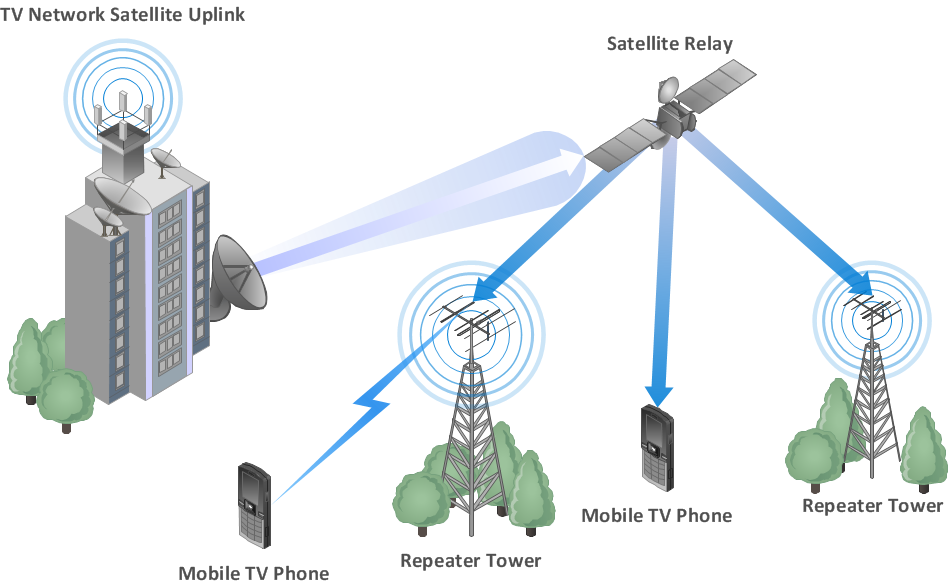
Secrets of Wireless Network Design: Building a Robust Infrastructure
By Adedayo Oyetoke, Published on: December 25th 2023 4 min, 680 word Views: 999
In today's digital age, wireless networks have become an integral part of our daily lives. From homes to businesses, the demand for reliable and high-performing wireless connectivity continues to grow. Designing a robust wireless network infrastructure is crucial to meeting this demand and ensuring seamless connectivity. In this blog, we will delve into the secrets of wireless network design, exploring the key principles, best practices, and emerging technologies that can help in building a robust wireless infrastructure.
Understanding Wireless Network Design
Wireless network design involves the planning, implementation, and optimization of wireless communication systems to provide reliable connectivity for users and devices. It encompasses a wide range of considerations, including coverage, capacity, security, and performance. A well-designed wireless network should deliver consistent and high-quality connectivity while adapting to the evolving needs of users and applications.
Key Principles of Wireless Network Design
- 1. Site Survey and Planning: Before deploying a wireless network, conducting a thorough site survey is essential. This involves assessing the physical environment, identifying potential sources of interference, and determining optimal access point (AP) placement. Tools such as predictive modeling software and spectrum analyzers can aid in this process, helping to create a detailed plan for coverage and capacity.
- 2. Coverage and Capacity: Achieving adequate coverage and capacity is fundamental to a robust wireless network. Coverage refers to the area within which wireless signals are accessible, while capacity relates to the network's ability to handle multiple users and devices simultaneously. Balancing coverage and capacity requires careful consideration of AP placement, antenna selection, and radio frequency (RF) design.
- 3. RF Spectrum Management: The RF spectrum is a finite and shared resource, making effective spectrum management critical for wireless network design. Techniques such as channel planning, frequency reuse, and interference mitigation are essential for optimizing spectrum utilization and minimizing co-channel interference.
- 4. Security: Protecting wireless networks from unauthorized access and cyber threats is paramount. Implementing robust security measures, including encryption, authentication, and intrusion detection, is crucial for safeguarding sensitive data and ensuring the integrity of the network.
Best Practices in Wireless Network Design
- 1. Utilize Multiple Access Points: Deploying multiple APs in a coordinated manner can enhance coverage, capacity, and roaming capabilities within a wireless network. By strategically placing APs and configuring them to work together, seamless connectivity can be achieved across a broader area.
- 2. Implement Quality of Service (QoS): QoS mechanisms prioritize and manage network traffic, ensuring that critical applications receive the necessary bandwidth and latency requirements. By implementing QoS policies, wireless networks can deliver a consistent quality of service for voice, video, and data applications.
- 3. Embrace Mesh Networking: Mesh networking technology enables APs to communicate with each other, creating a self-healing and resilient network architecture. In environments where wired backhaul connectivity is challenging, mesh networks can provide reliable coverage and redundancy.
Emerging Technologies in Wireless Network Design
1. Wi-Fi 6 and 6E: Wi-Fi 6 and the extended 6 GHz band (Wi-Fi 6E) bring significant advancements in wireless network performance, offering higher data rates, lower latency, and improved spectrum efficiency. By leveraging these technologies, organizations can deliver enhanced wireless experiences for their users.
2. Software-Defined Networking (SDN):
SDN enables centralized network management and programmability, allowing administrators to dynamically configure and optimize wireless networks. By decoupling control and data planes, SDN simplifies network operations and enhances agility.
3. Internet of Things (IoT) Integration:
The proliferation of IoT devices necessitates wireless networks that can support diverse connectivity requirements, ranging from low-power, long-range devices to high-bandwidth applications. Designing wireless networks with IoT in mind involves accommodating various device types and communication protocols.
Conclusion
Designing a robust wireless network infrastructure requires a deep understanding of the key principles, best practices, and emerging technologies in wireless network design. By conducting thorough site surveys, optimizing coverage and capacity, managing the RF spectrum, and implementing security measures, organizations can build wireless networks that deliver reliable connectivity and meet the demands of today's digital landscape. Embracing best practices and emerging technologies further enables organizations to stay ahead of the curve and provide seamless wireless experiences for their users. As the wireless ecosystem continues to evolve, staying informed and adaptable is essential for building and maintaining a robust wireless infrastructure.
